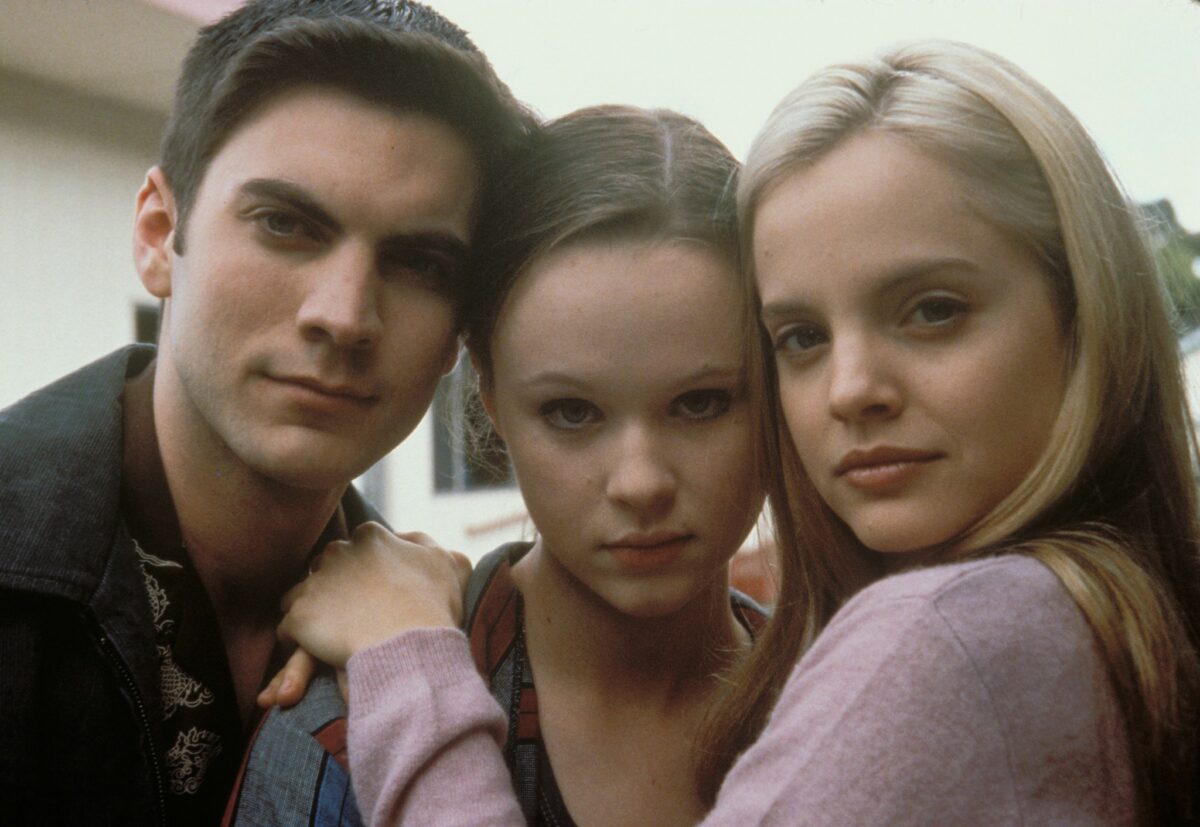Introduction:
“American Beauty,” directed by Sam Mendes and released in 1999, is a cinematic tour de force that delves into the complexities of suburban life, the pursuit of happiness, and the disintegration of the American Dream. This in-depth movie review aims to unravel the layers of symbolism, explore the outstanding performances, and analyze the societal critique embedded within this critically acclaimed film.
I. Setting the Stage: A Deep Dive into Suburban America
- Plot Overview: Unveiling the Facade:
- “American Beauty” centers around Lester Burnham, played by Kevin Spacey, a middle-aged man experiencing a midlife crisis, and his exploration of newfound desires and aspirations. The film navigates the lives of the Burnham family and their neighbors, exposing the facade of suburban perfection.
- Symbolism and Imagery: Roses and Plastic Bags:
- The film is rich in symbolism, with the recurring motif of roses and the iconic plastic bag scene serving as poignant metaphors. The roses symbolize both the beauty and the thorns within the characters’ lives, while the floating plastic bag captures the ephemeral and unpredictable nature of existence.
II. Character Dynamics: A Stellar Ensemble Cast
- Kevin Spacey’s Performance: Capturing Suburban Discontent:
- Kevin Spacey’s portrayal of Lester Burnham is a masterclass in acting. His nuanced performance captures the essence of suburban discontent, injecting humor, introspection, and a sense of rebellion into the character.
- Annette Bening’s Role: The Facade of Conformity:
- Annette Bening, in the role of Carolyn Burnham, Lester’s wife, delivers a compelling performance that explores the facade of conformity and the unraveling of her character’s seemingly perfect life.
- Thora Birch and Wes Bentley: The Teenage Perspective:
- Thora Birch and Wes Bentley, portraying Jane and Ricky, respectively, provide a teenage perspective on the struggles of identity, rebellion, and the search for authenticity in a world obsessed with appearances.
III. Sam Mendes’ Directorial Brilliance: Visual Aesthetics and Storytelling
- Visual Aesthetics: Beauty in Dysfunction:
- Sam Mendes, in collaboration with cinematographer Conrad L. Hall, crafts a visually stunning film that juxtaposes the beauty within dysfunction. The meticulous framing, use of color, and evocative imagery contribute to the film’s visual poetry.
- Narrative Structure: An Unraveling Tapestry:
- The film’s narrative structure, guided by the voiceover of Lester Burnham, weaves an intricate tapestry of interconnected lives. The non-linear storytelling adds depth, allowing the audience to peel back layers and uncover the characters’ hidden desires and struggles.
IV. Themes and Societal Critique: Suburban Despair and the American Dream
- The American Dream: Shattered Illusions:
- “American Beauty” serves as a scathing critique of the American Dream. The Burnham family, along with their neighbors, grapple with shattered illusions and the realization that material success does not equate to true happiness.
- Suburban Conformity: The Struggle for Identity:
- The film explores the suffocating nature of suburban conformity and the characters’ struggle for individual identity. Each member of the Burnham family grapples with societal expectations, leading to a collective unraveling.
V. Music and Soundtrack: Complementing the Narrative
- Thomas Newman’s Score: A Haunting Musical Landscape:
- Thomas Newman’s evocative score adds depth and emotion to the film’s narrative. The haunting musical landscape enhances the themes of beauty, despair, and the fragility of human existence.
- Use of Popular Music: Enhancing Emotional Resonance:
- The strategic use of popular music, including the iconic “Any Way You Want It” by Journey, enhances emotional resonance and further immerses the audience in the characters’ experiences.
VI. Critical Acclaim and Awards: Recognition of Excellence
- Oscar Triumph: An Academy Awards Sweep:
- “American Beauty” received widespread critical acclaim and achieved a remarkable feat at the Academy Awards. Winning five Oscars, including Best Picture, Best Director, and Best Actor for Kevin Spacey, the film solidified its status as a cinematic masterpiece.
- Cultural Impact: Pervasive Influence on Filmmaking:
- The cultural impact of “American Beauty” extends beyond its critical acclaim. Its pervasive influence on filmmaking, storytelling, and societal critique has left an indelible mark on cinema, inspiring subsequent generations of filmmakers.
VII. Legacy and Relevance: Twenty Years On
- Twenty Years On: A Film That Resonates:
- Two decades after its release, “American Beauty” remains relevant. Its exploration of suburban disillusionment, societal expectations, and the pursuit of authentic happiness continues to resonate with audiences grappling with similar themes.
- Cinematic Reverberations: Influence on Subsequent Films:
- The film’s cinematic reverberations are evident in subsequent works that draw inspiration from its thematic depth, visual aesthetics, and societal critique. “American Beauty” continues to be a touchstone for filmmakers exploring the intricacies of human existence.
VIII. Controversies and Reassessment: A Closer Look
- Controversies Surrounding Kevin Spacey: A Reassessment:
- In recent years, controversies surrounding Kevin Spacey have prompted a reassessment of “American Beauty.” The film’s enduring legacy is inevitably intertwined with discussions about the personal conduct of one of its central figures.
- Critique and Interpretations: Diverse Perspectives:
- Diverse interpretations of “American Beauty” have emerged over the years, with some critics praising its timeless relevance, while others offer nuanced critiques of its portrayal of certain themes and characters.
IX. Conclusion: American Beauty’s Enduring Allure
In conclusion, “American Beauty” stands as a cinematic triumph that continues to captivate audiences with its exploration of suburban despair, societal expectations, and the fragility of the American Dream. From the outstanding performances to the visual poetry crafted by Sam Mendes, the film remains a benchmark in cinematic history. As we reflect on its enduring allure two decades later, “American Beauty” invites audiences to confront the complexities of the human condition and contemplate the pursuit of beauty in a world often marred by disillusionment.
